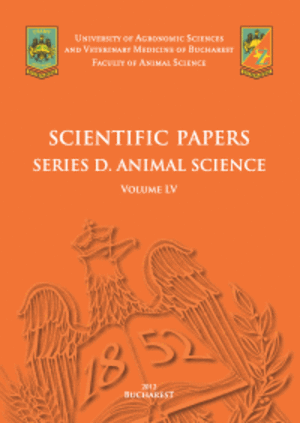Published in Scientific Papers. Series "Management, Economic Engineering in Agriculture and rural development", Vol. 25 ISSUE 1
Written by Tarek FOUDA, Mohamed GHONAME, Shaymaa SALAH, Mohamed ABOEGELAL, Mohamed SOLTAN
The experiments were conducted at Al-Gharbawi Farm in Delingat Center, Beheira Governorate, during 2022 agricultural season. This study aims to develop and evaluate an orchard tree residue shredder to be suitable for shredding large-diameter branches and scattering them between tree rows by doubling the number of knives on the drum shredder, increasing the thickness of the shredder diameter, and adjusting the size of the chairs and ball bearings of the drum shredder. The study was conducted at three forward speeds (1.8 - 3.2 - 4.6 km/h), three levels of moisture content (20 - 30 - 40%), number of knives (16 - 32), and four rotational speeds of the drum shredder (2,000 - 2,200 - 2,400 - 2,600 rpm). The evaluation was carried out in terms of shredder performance, machine productivity (tons/hour), shredding efficiency (%), cutting length ratios (%), machine energy requirements (kW.h/ton), and operating cost (pounds/ton). The results can be summarized as follows: Increasing the cutter head speed from 2,000 to 2,600 rpm increases the cutting length ratio ≤ 3 cm from (55.5 to 61.5%), cutting efficiency from (90.9 to 95.5%), useful power from (25.59 to 22.18 kW) and energy from (9.66 to 9.45 kWh/ton) with the machine before modification at 40.0% moisture content (g weight) and number of cutting knives (original knives). The cutting length ratio ≤ 2 cm increased from (69.5 to 75.3%), cutting efficiency ratio from (87.1 to 95.5%), useful power from (28.12 to 27.18 kW) and energy from (32.7 to 9.43 kWh/ton) with the machine after modification at 40.0% moisture content (g weight) and number of cutting knives (modified knives).
[Read full article] [Citation]

 Next Issue will be published according the the calendar.
Next Issue will be published according the the calendar.



